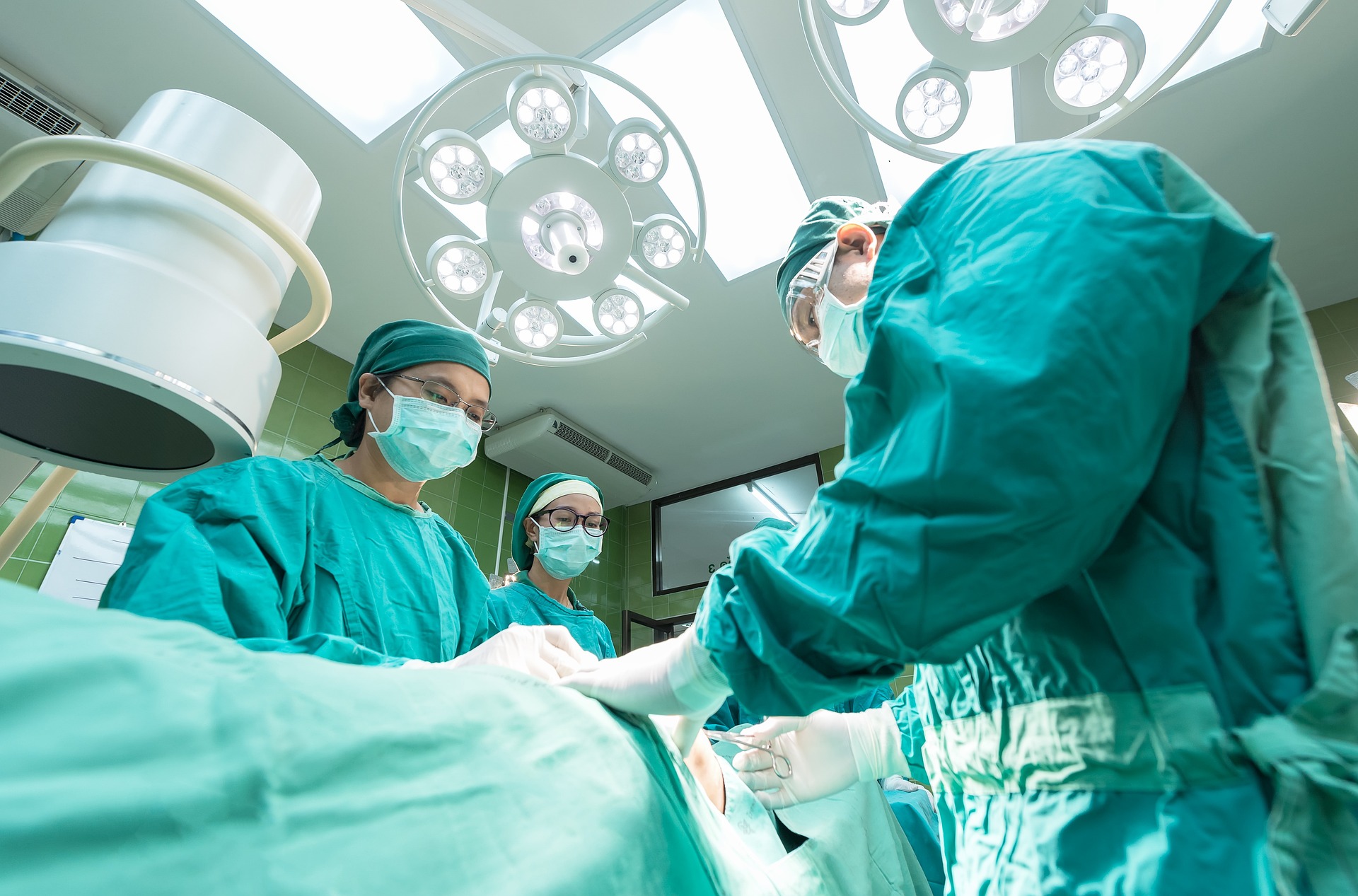Liposuction Explained: Your Guide to Fat Removal
Liposuction removes stubborn pockets of subcutaneous fat to refine body contours, not to replace weight loss. This comprehensive guide explains common techniques (tumescent, ultrasound, laser, power-assisted), possible risks, recovery timelines, and tips for long-term results to help you decide if liposuction is right for you.

Liposuction Explained: Your Guide to Fat Removal
Liposuction is a surgical method that targets subcutaneous fat—the layer directly beneath the skin that often resists diet and exercise. Designed to sculpt and reshape specific body areas, liposuction eliminates fat cells from treated zones to create a more defined silhouette. It is important to recognize that this is a body-contouring procedure, not a primary strategy for weight loss.
How liposuction works and who it helps
During liposuction, a surgeon inserts a thin tube called a cannula through small incisions to loosen and remove unwanted fat. The approach and technology vary, but the goal is the same: reduce localized fat deposits and improve proportions. Ideal candidates are adults near their target weight with good skin elasticity and realistic expectations. Patients with unstable weight, certain medical conditions, or poor skin quality may not be suitable candidates.
Common liposuction techniques
Several techniques have been developed to improve precision, decrease trauma, and speed recovery. Your surgeon will recommend the best option based on the treatment area, amount and type of fat, and skin characteristics.
-
Tumescent liposuction: The most widely used technique. Before fat removal, a saline solution mixed with a local anesthetic and epinephrine is injected into the area. This numbs tissue, reduces bleeding, and makes fat easier to extract.
-
Ultrasound-assisted liposuction (UAL): Ultrasonic energy is applied to liquefy fat cells, which can be useful in fibrous regions such as the upper back or male chest tissue. It may allow for gentler suction in tough areas.
-
Laser-assisted liposuction (LAL): Laser energy helps break down fat and may stimulate collagen production, which can improve skin tightening in treated zones.
-
Power-assisted liposuction (PAL): A mechanized, vibrating cannula assists the surgeon by breaking up fat more efficiently, often making the procedure quicker and less labor-intensive.
Each method has advantages and trade-offs. Technique selection depends on your anatomy, goals, and the surgeon’s experience.
Potential risks and side effects
Liposuction is commonly performed and generally safe when conducted by a board-certified plastic surgeon, but it carries potential complications like any surgery. Common and less frequent issues include:
- Infection at incision sites (uncommon with proper care).
- Contour irregularities such as asymmetry, dimpling, or wavy skin from uneven fat removal.
- Fluid collections (seromas) beneath the skin.
- Numbness or altered skin sensation, sometimes temporary and rarely permanent.
- Swelling and bruising, typically resolving over weeks to months.
- Deep vein thrombosis or other blood-clot related events in rare cases.
Careful preoperative evaluation, adherence to instructions, and choosing an experienced surgeon reduce these risks.
Recovery timeline and what to expect
Recovery varies by the amount of fat removed, the number of areas treated, and individual healing. Typical stages include:
- Immediately after surgery: Expect discomfort, swelling, and bruising. Pain management and antibiotics may be prescribed.
- First week: Compression garments are worn to control swelling and support new contours. Many patients return to desk work within several days to a week, depending on the physical demands of their job.
- 2 to 4 weeks: Swelling and bruising continue to improve. Light exercise may be permitted after 2 to 3 weeks with surgeon approval.
- 1 to 3 months: Most swelling subsides and the treated area begins to reveal its new shape. Full results often become clearer by three months, though subtle swelling can persist.
- Up to 6 months: Final contour and skin settling may take as long as six months to be fully apparent.
Following postoperative instructions—wearing compression garments, avoiding heavy lifting, and attending follow-ups—helps optimize healing.
Long-term effectiveness and maintaining results
Fat cells removed by liposuction are gone permanently from the treated areas. However, liposuction does not alter how remaining fat cells behave, so significant weight gain after the procedure can cause fat to increase in untreated zones or even in treated areas if cells enlarge. Studies indicate that when patients maintain a stable weight, improvements can be long-lasting; for example, research published in Plastic and Reconstructive Surgery observed maintenance of thigh liposuction results for at least a year in patients without notable weight gain.
To preserve outcomes:
- Commit to a balanced diet and regular exercise.
- Aim for weight stability after recovery.
- Stay hydrated and follow lifestyle habits recommended by your surgeon.
- Wear compression garments as directed during the immediate recovery phase.
Choosing a surgeon and preparing for consultation
Select a board-certified plastic surgeon with extensive liposuction experience. During your consultation, discuss:
- Your goals and whether they’re realistic with liposuction.
- The recommended technique and reasons for the choice.
- Expected results, recovery time, and potential complications.
- Before-and-after photos from similar cases.
- Total costs, including facility and anesthesia fees.
Ask questions about alternative treatments and combined procedures, such as abdominoplasty or skin tightening, if excess skin is a concern.
| Treatment area | Typical cost range (USD) |
|---|---|
| Small area (chin, arms) | $2,000–$4,000 |
| Mid-size area (flanks, thighs) | $3,000–$8,000 |
| Large or combined areas (abdomen, full-body) | $6,000–$15,000 |
Pricing disclaimer: Costs listed are approximate and intended for general informational purposes only. Actual fees vary by surgeon, facility, anesthesia, geographic region, and individual case. Consult your provider for a personalized estimate.
Liposuction can create meaningful improvements in body shape when performed for the right reasons and paired with a healthy lifestyle. Carefully weigh the benefits and risks, choose an experienced surgeon, and follow postoperative guidance to maximize safety and durability of your results.
This article is for informational purposes only and should not be considered medical advice. Please consult a qualified healthcare professional for personalized guidance and treatment.






